-
Posts
3,071 -
Joined
-
Last visited
-
Days Won
5
Content Type
Profiles
Forums
Blogs
Gallery
Events
Store
Posts posted by The Prussian
-
-
Hi IG!
It must be a late photo.
Every Fußart.Rgt. had an Ersatz-Bataillon. Since end of 1915, those "Garnisons-Batterien" were added, but they were called "Garnisons-Batterie beim Ers.Ntl. Fußart.Rgt.Nr. #", or "#. Garnisons-Batterie beim Ers.Btl.Fußart.Rgt.#.
Since may 1918 they recieved their own numbers. In Prussia numbers 7-28 and in Bavaria 1-6
As far as I know, the Fußart.Garnisons-Batterie 6 was under command of the Gouvernment Lüttich (Liège). Commander was Oberleutnant d.Res. Fries
0 -
Ah, yes, I remember! You told me, you wrote Mr. Kraus to turn the sigh in his book... In the book, it looks like an old photo-camera...
I´ll be on sky the entire weekend. Call me, when you have time
0 -
-
Do you have photos of the great war and photos with the same place in our times?
I start with Fresnes-en-Woevre.
The old photo is from my collection, but the new one if from the net
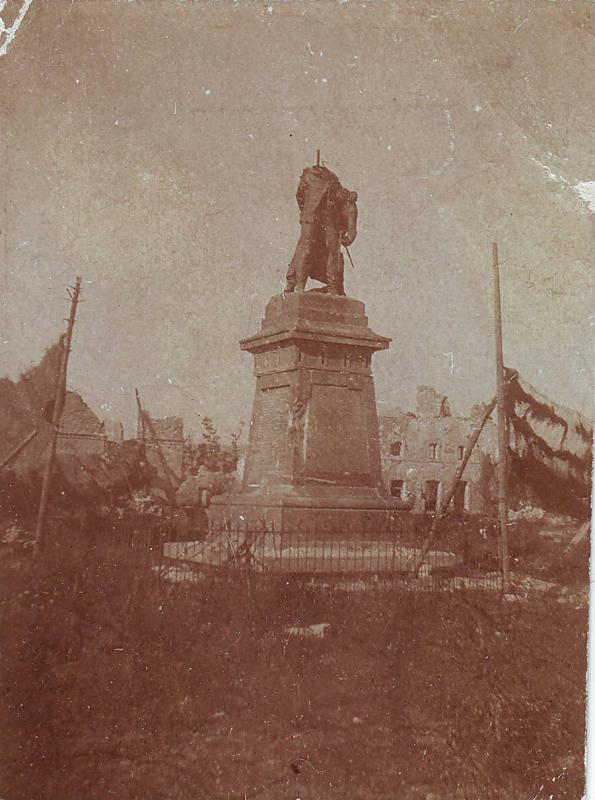
 0
0 -
Thanx Alex!
Here a few more
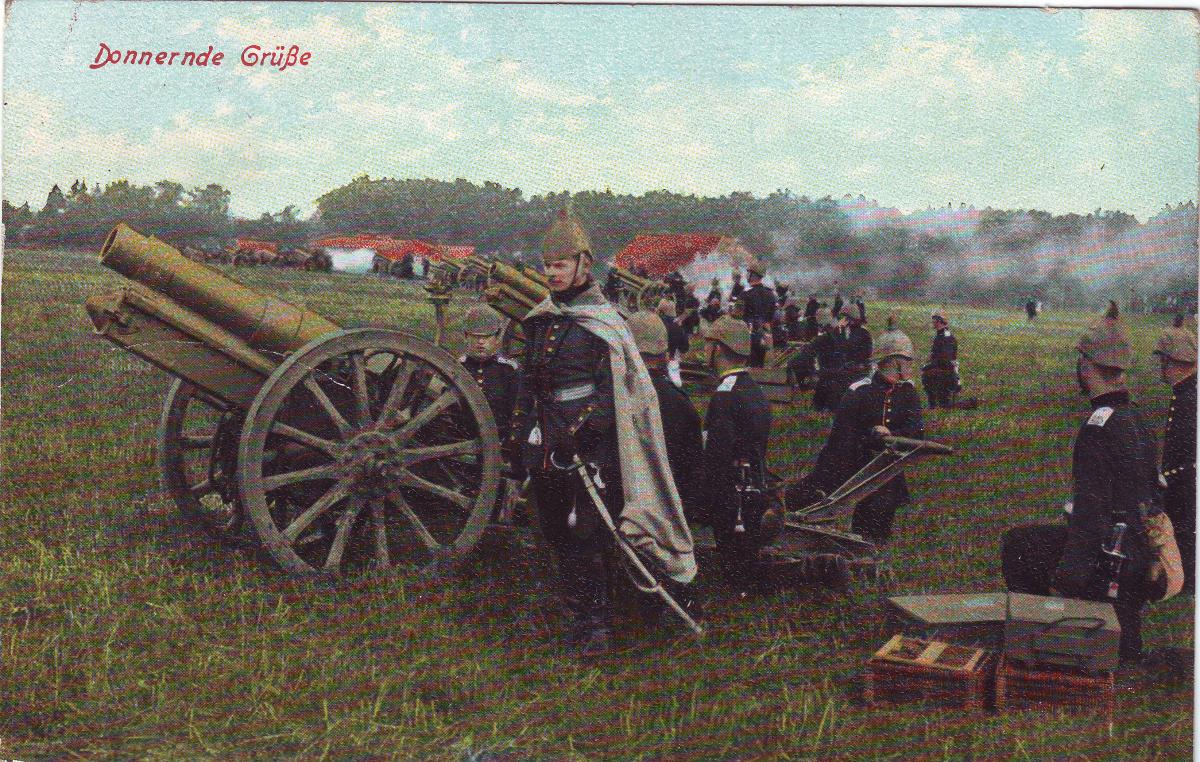
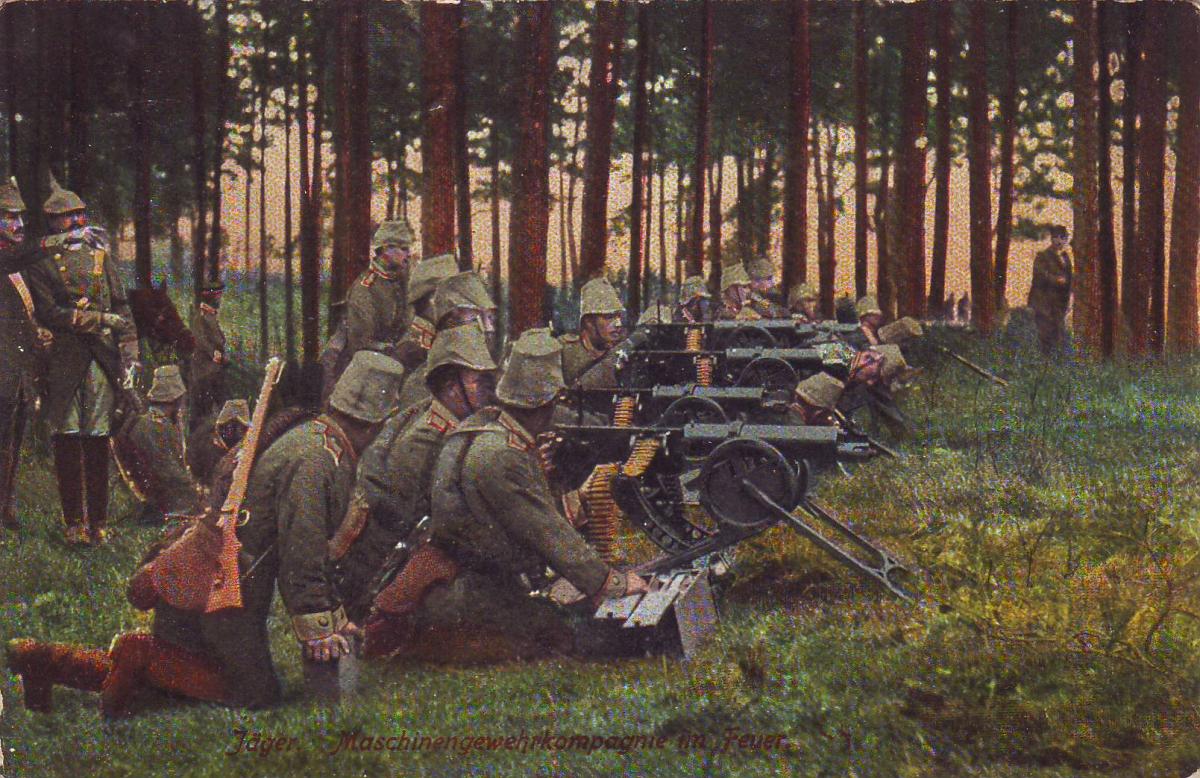
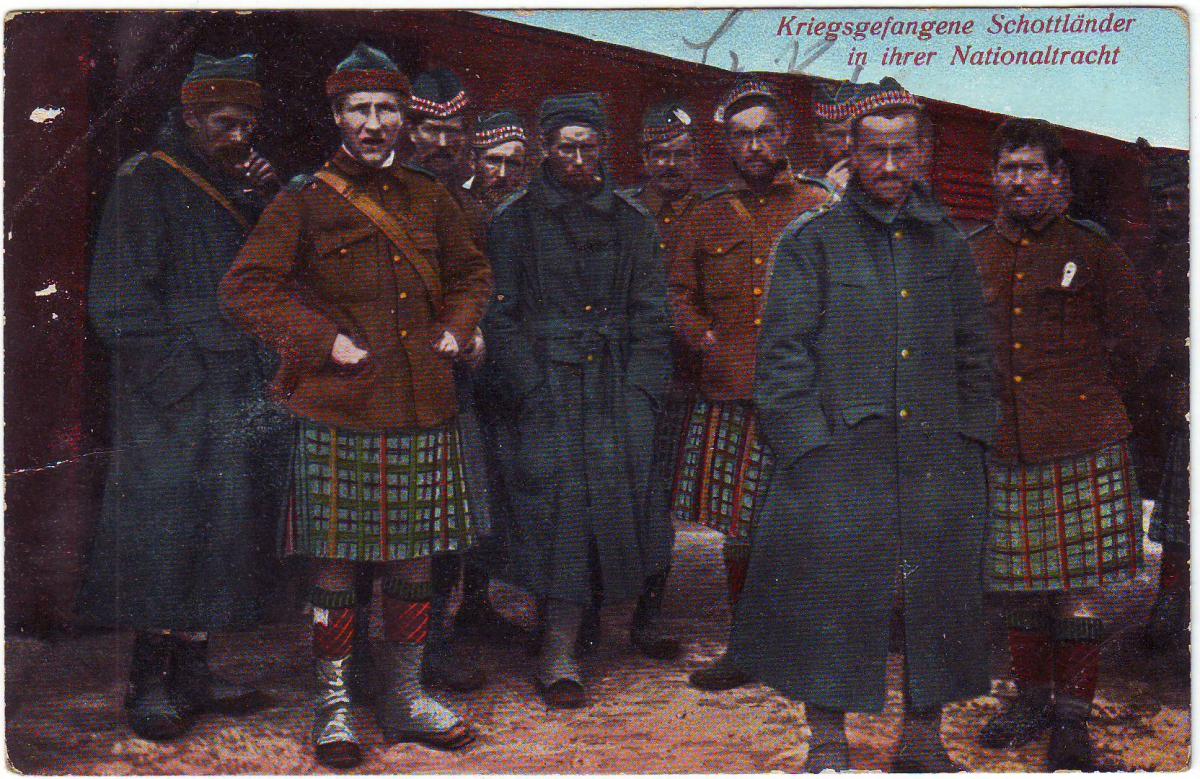
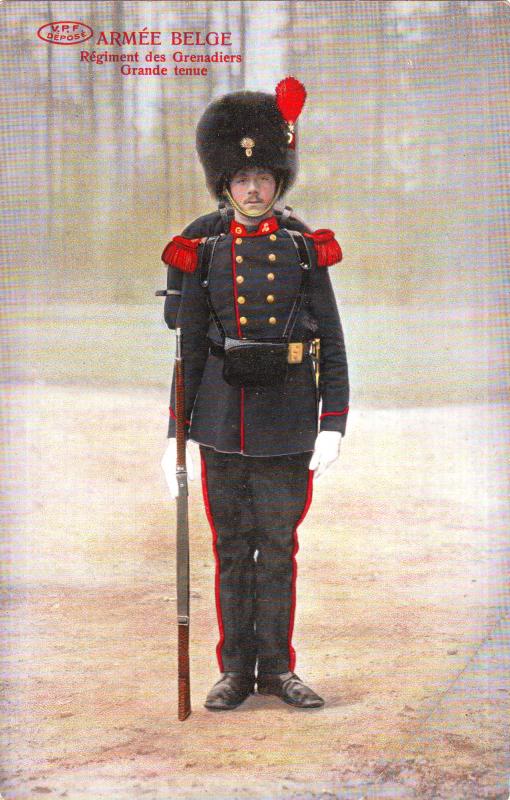 0
0 -
Hello!
I´d like to know, for what this insignia (flower?) stands for. Note the bavarian lozenges aside.
The plate could start with a V (5th army), IV (4th army) or W (Armee-Abteilung Woyrsch).
Thank you very much in advance
 0
0 -
-
Hi Chip
Ah, probably a saxon special! Do you have a photo too?
What do you think of skype writing next weekend?
0 -
Have you ever seen a searchlight patch?
Scheinwerfer-Zug 12 (SZ 12) of the saxon Pi.Btl.12
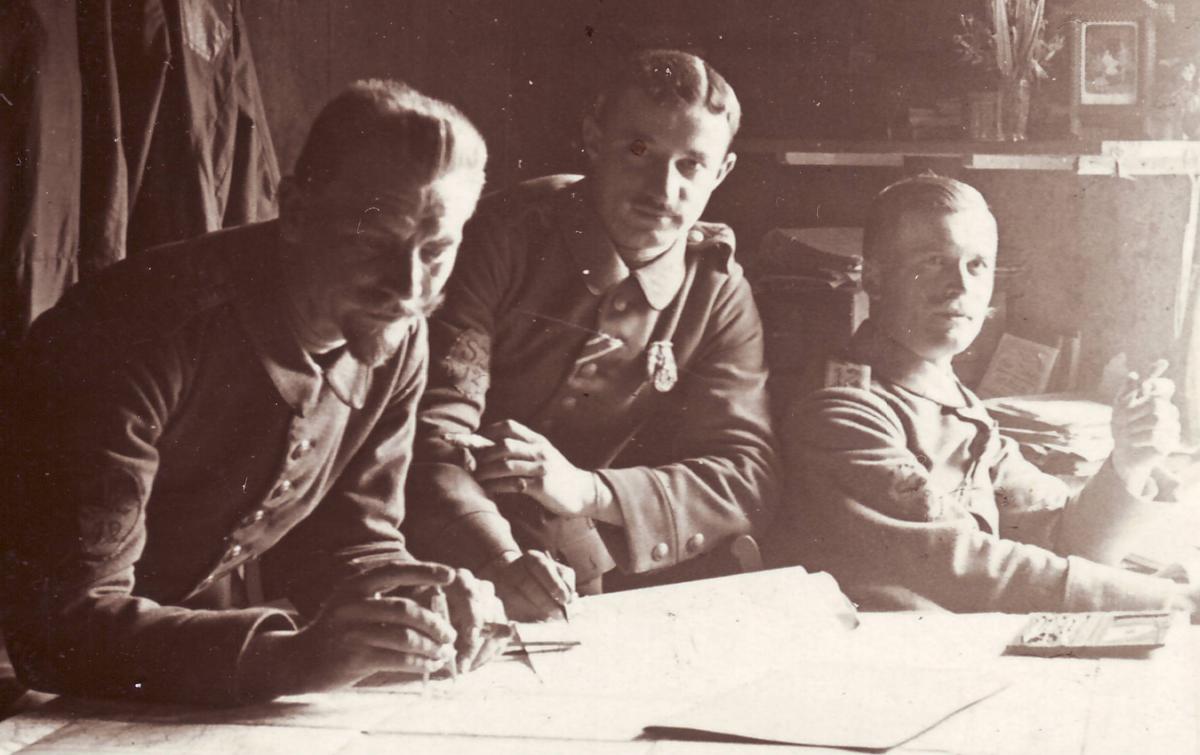
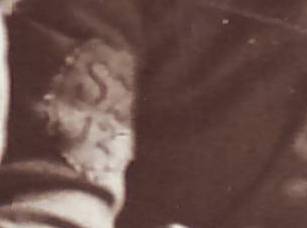 0
0 -
My Garde-Artillerist is a vintage one. The photos of my relartives were coloured last year...
Here are another ones
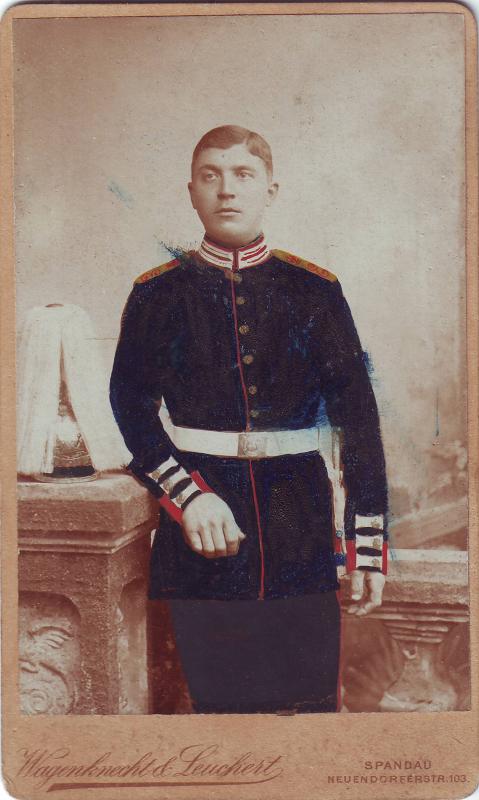
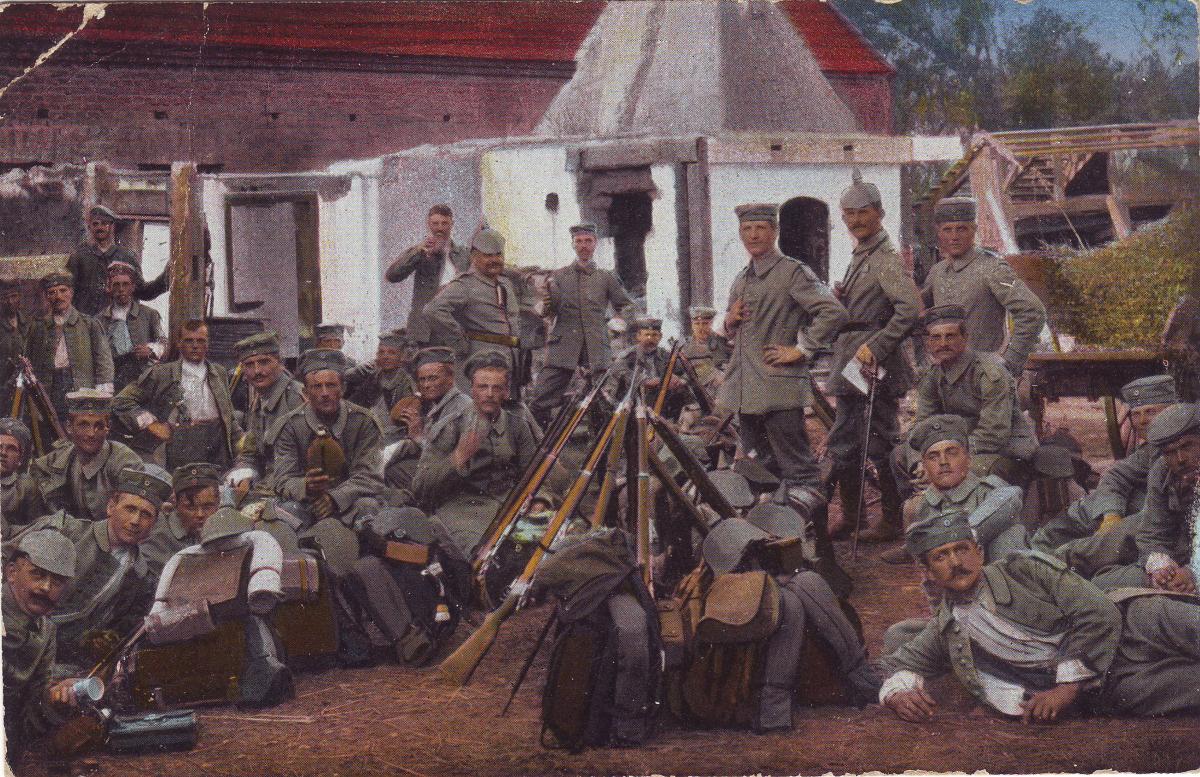
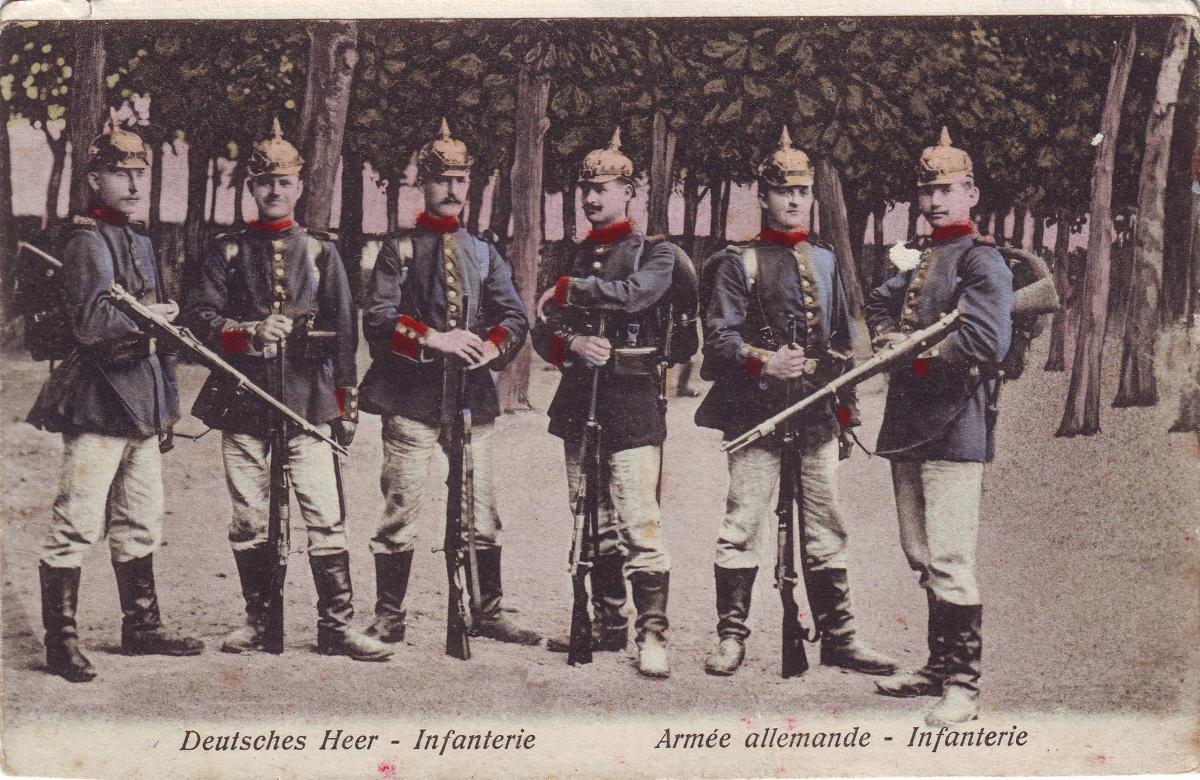 0
0 -
The patch, of course the patch, Chris!
What can you read on the patch and on the shoulder straps please?
On my photo, I can´t read anything... Maybe it´s a 56 (schwerer MW-Zug 56)
That would be the "Schwerer-MW-Zug 56. Together with the "Mittlerer-MW-Zug168" and "Leichter MW-Zug 282", they built the MW-Kompanie 103 for the 103rd Inf.Div.
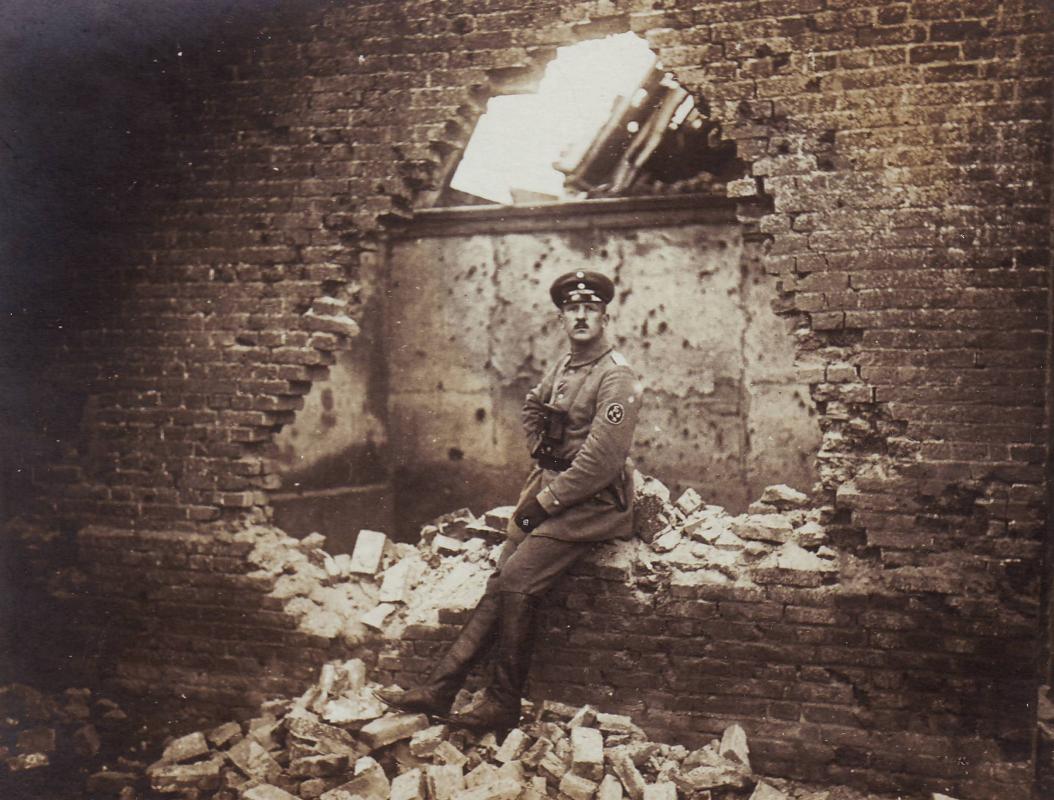
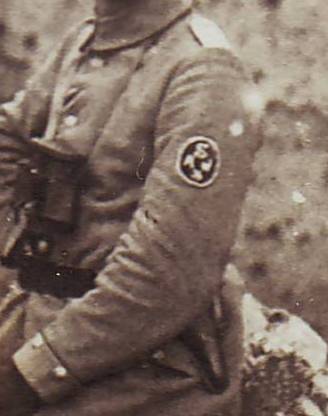 0
0 -
Here are my favourites
unknown soldier of 1.Garde-Feldart.Rgt.
My Grandpa (Feldart.Rgt.43 - sitting)
My Grand-Uncle (Lt.d.Res. Inf.Rgt.155)
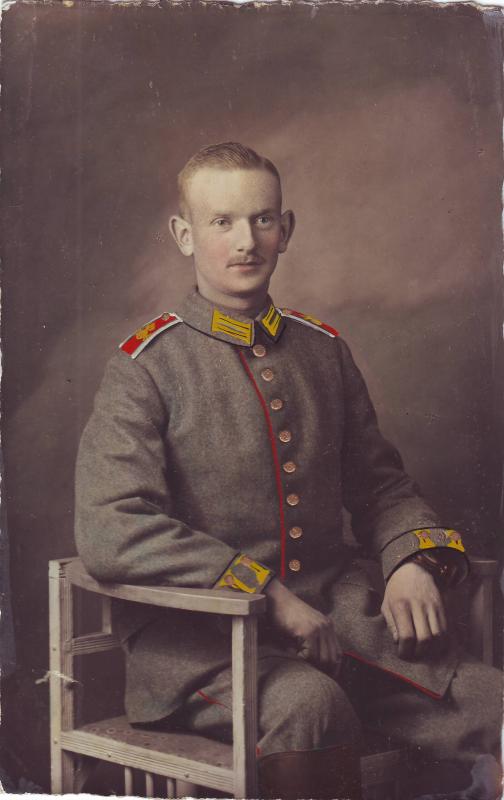
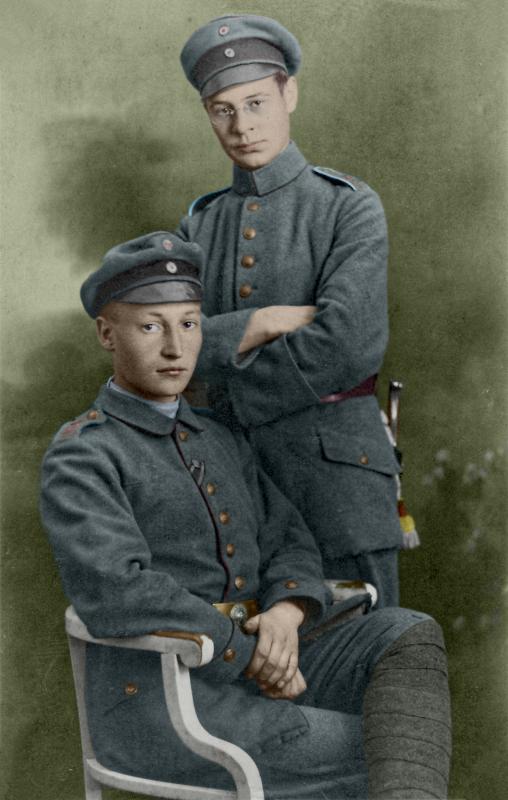
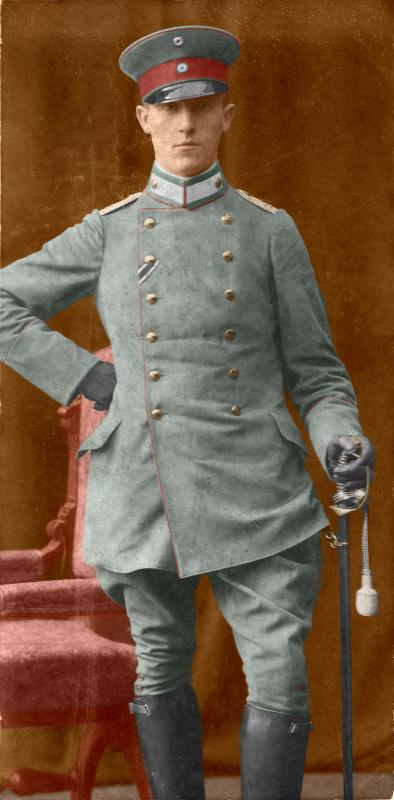 0
0 -
Hello!
I recieved a postcard of the Sturmbataillon 14. Unfortunately no photo, but a stamp.
The Feldpost-Nummer 82 fits to Briey (like the picture of the card)
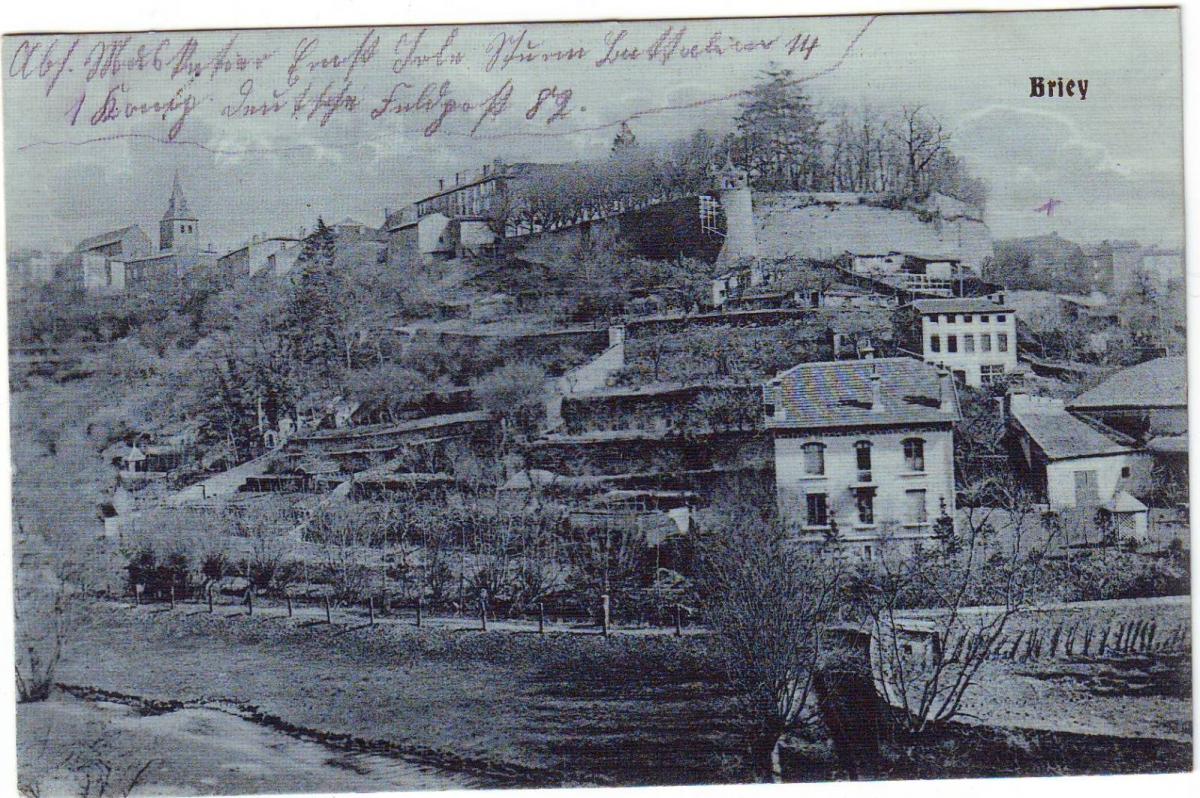
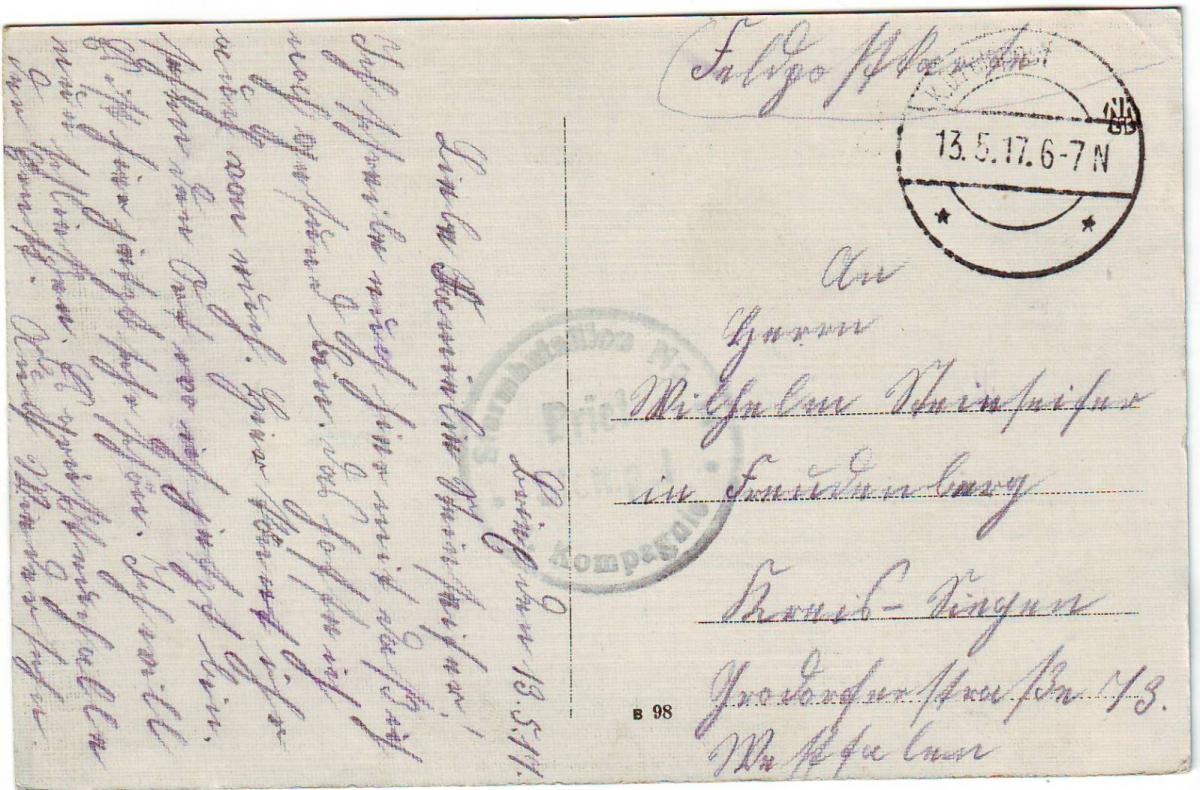 0
0 -
Hello Erik!
136: 4.Lothringsches Inf.Rgt.136 from Straßburg
87: 1.Nassauisches Inf.Rgt. 87 from Mainz
The blue one: 1.Westfälisches Husaren-Rgt. 8 from Neuhaus and Paderborn
78; 8.sächsisches Feldart-Rgt. 78 from Wurzen
67: 4.Magdeburgisches Inf.Rgt. 67 from Metz
47: 2.Niederschlesisches Inf.Rgt. 47 from Posen and Schrimm
Fußartillerie: from Bavaria
7: Westfälisches Dragoner Rgt. 7 from Saarbrücken
0 -
-
Hello Erik!
Could we have a better scan to read the abbreviations, please?
0 -
Hello Valter!
From 1851-1918 the regiment was in the "Maikäferkaserne" in Berlin-Spandau. Probably because of their coloured uniform (red cuffs, white "Litzen", yellow shoulder-straps, brown pipings), they were called "Maikäfer". Friedrich Wilhelm IV, ones, called the regiment "Maikäfer", and since that date, they wer called like that
0 -
0
-
-
Well, Marcin, if there are any words, you don´t understand, don´t be shy to ask. We´ll help you
0 -
I assume, it´s not too difficulty to understand it. 60% of the book are numbers like dates or units. 80% are words with understandable roots, like Armee (army), Div. (Division), Korps (corps).
In each book are tables of abbreviations. Most of the words are understandable for military research. Some special words of the german army one can´t translate in engish, because it would lose his sense.
0 -
Of course. I have three of my regiment (FAR43) and two others
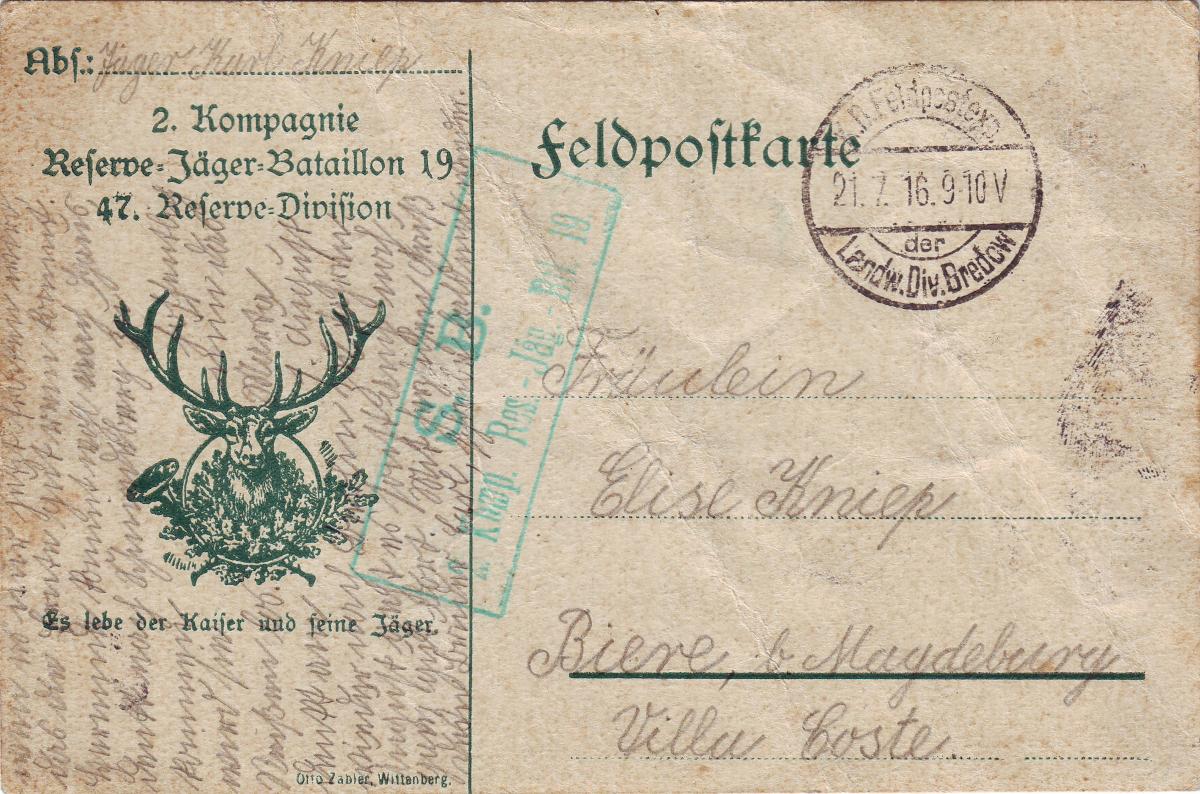
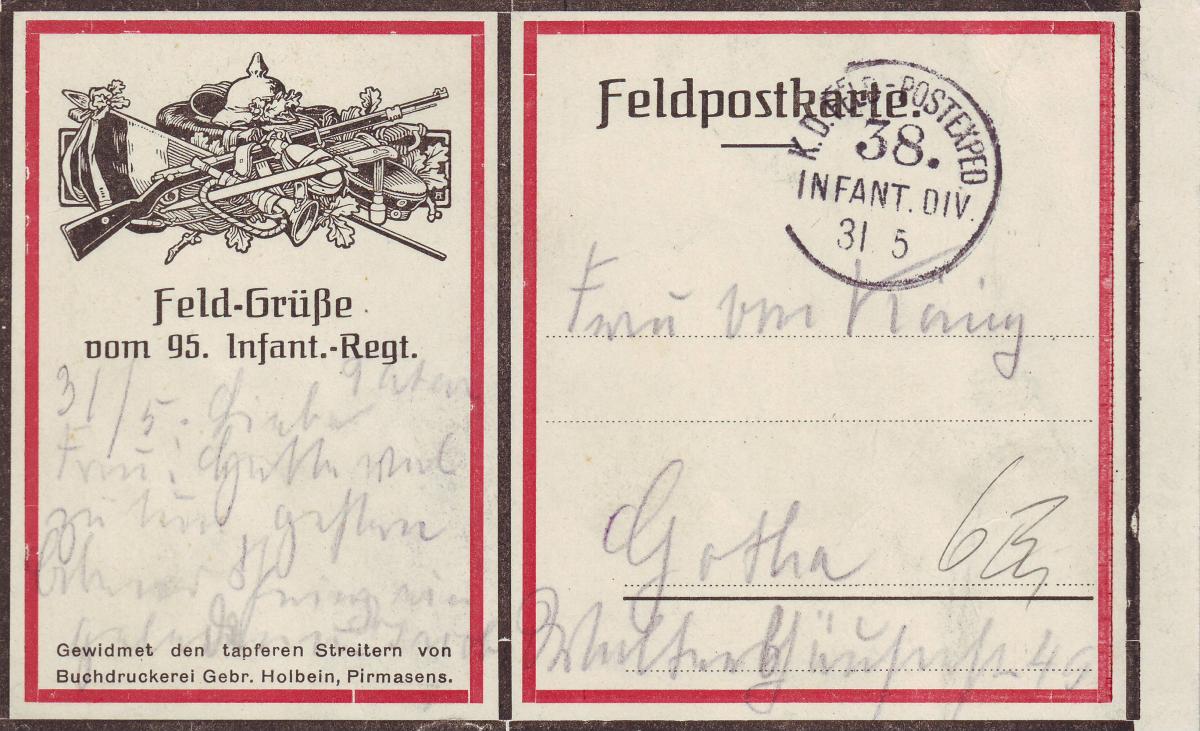
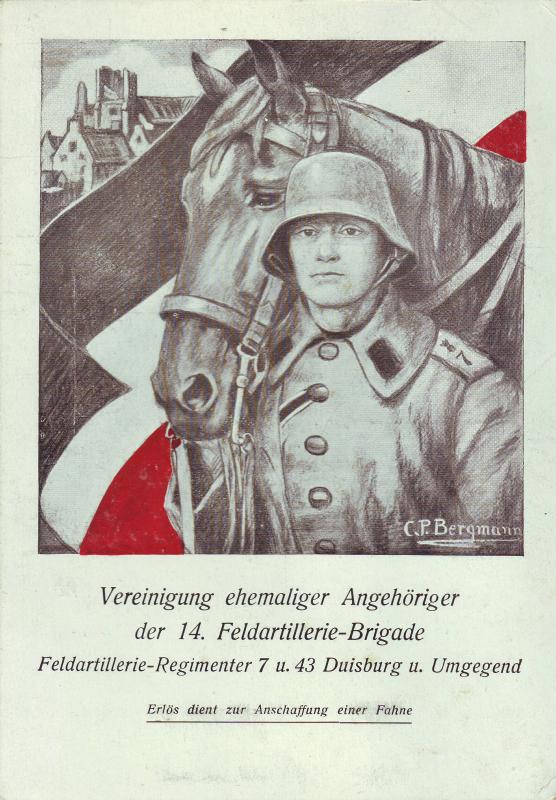
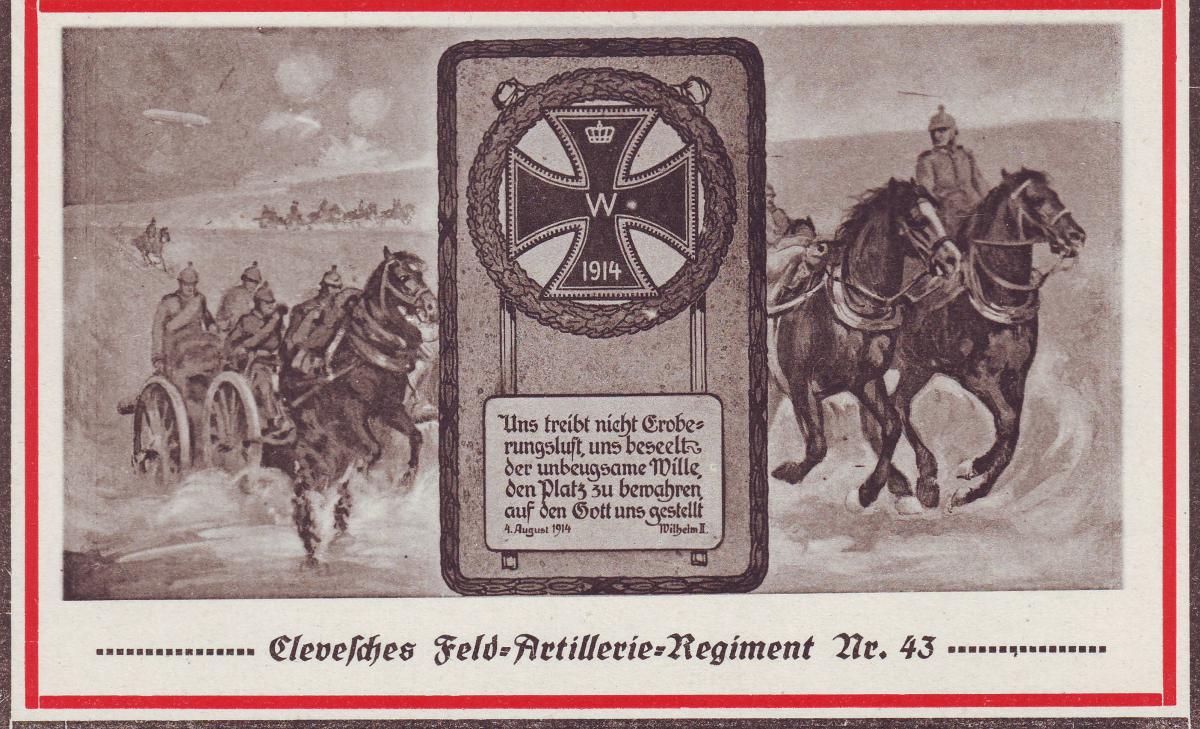
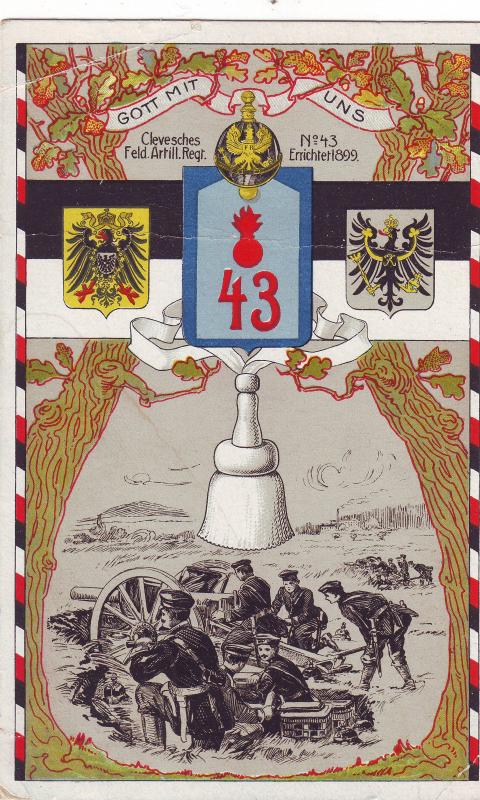 0
0 -
Hello!
IGB 21 was set-up may, 21st, 1917 through Stv.Gen.Kdo. XXI.AK.
Reinforcements through Ers.Abt./Feldart.Rgt.8
24.5.17-13.8.17: 4.Armee
14.8.17-30.9.17: 6.Armee
1.10.17-29.11.17: 4.Armee
30.11.17-3.12.17: 6.Armee
4.12.17-12.2.18: 2.Armee
8.2.18: 17.Armee
13.2.18-6.5.18: 17.Armee
7.5.18-14.6.18: Heeresgruppe Dt. Kronprinz
15.6.18-24.6.18: Feldartillerie Truppenübungsplatz Sébourg (Training ground)
25.6.18-9.8.18: Heeresgruppe Dt. Kronprinz
10.8.18-28.8.18: Feldartillerie Truppenübungsplatz Sébourg
29.8.18-5.9.18: Heeresgruppe Boehn
6.9.18: 18.Armee
Septm 18-Nov.18: 2.Armee
Since 22.11.18: 18.Armee
Short time-subcommands:
20.10.17-27.10.17: bav.10.Inf.Div.
16.12.17-2.2.18: bav.16.Inf.Div.
2.2.18-20.3.18: bav.16.Inf.Div.
Demobilization since jan. 1919 in Coswig by Feldart.Rgt.8
(Source: Handbuch der Verbände und Truppen des deutschen Heeres 1914-1918 - Feldartillerie, Band 2, Jürgen Kraus, Verlag Militaria)
0 -
Hello!
The FK Hindenburg was set-up feb., 13th, 1919 in Kolberg to protect the GHQ. It came from the protection-company of the GHQ (Sturm-Btl. 2, 5 and 7). In march it was raised to:
I. Sturmbataillon (later in october it became II./RW-Inf.Rgt.110 in Celle)
II. Garde-Gren.Btl. (from Garde-Gren.Rgt.5 Spandau - it became later in october IV./RW-Inf.Rgt.102 in Kolberg)
Kavallerie-Regiment:
1. (Drag.Rgt.16 Lüneburg)
2. (Jg.z.Pf.Rgt.5 Mülhausen)
3. (Garde-Ulanen-Rgt.2 Berlin)
The badge from FK Hindenburgf was "Collar-oakleaves with an "H"
Leader was Hauptmann Otto
They fought battles in Hannover and became later under command of the Division Münster during the action in the Ruhr-area (where I live...) At the beginning of those fight, they stood between Münster and Lüdinghausen. (By the way, my grandfather served in the FK Wesel, but he left in early 1919)
The Gruppe Division Münster was led by Generalmajor v. Preinitzer
The Untergruppe Hannover was led by Oberst Freiherr v. Ledebur
The II./Res.Inf.Rgt.110 (I don´t know, why it´s called here "Reserve" - source: Darstellungen aus den Nachkriegskämpfen dt. Truppen und Freikorps, vol.9) with the Sturm-Btl. 2,5 and 7 were increased by 4./Res.Art.Rgt.10.
The map is from "Das Buch vom deutschen Freikorps-Kämpfer".
Note: The town south of Münster is called "Lüdinghausen"! The written-down town "Lüdenschd" für "Lüdenscheid is wrong! Lüdenscheid is south of Hagen
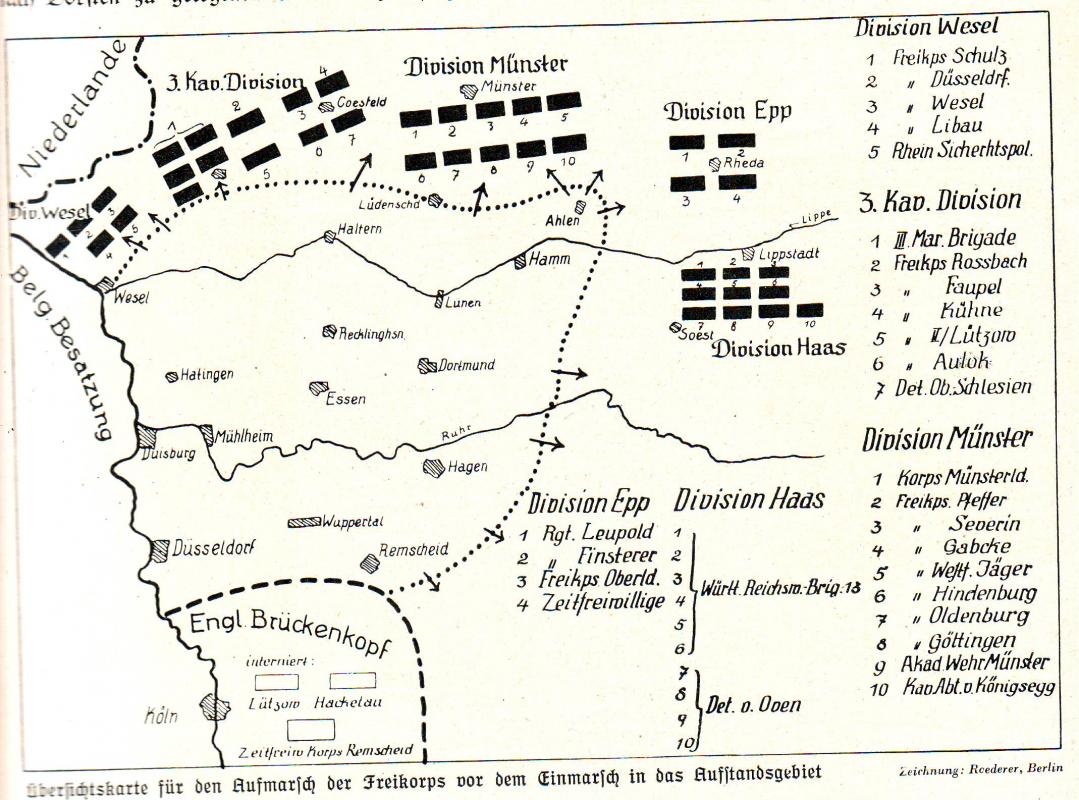 0
0



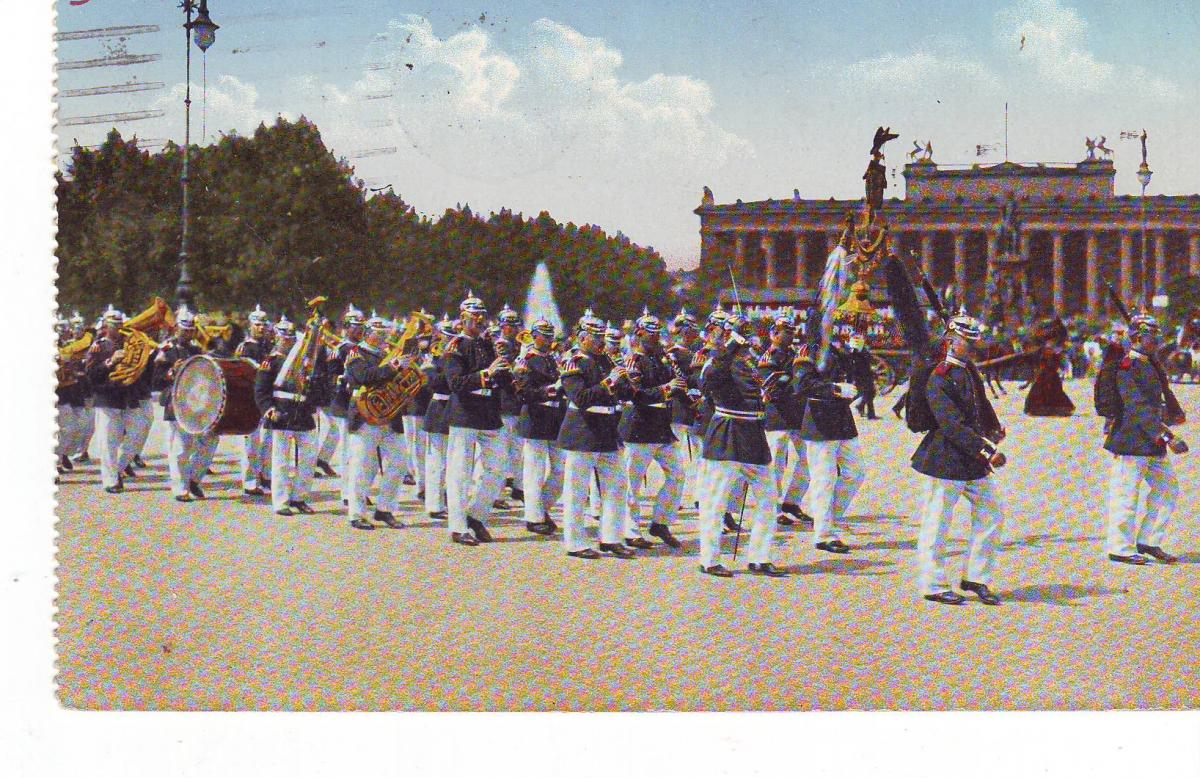
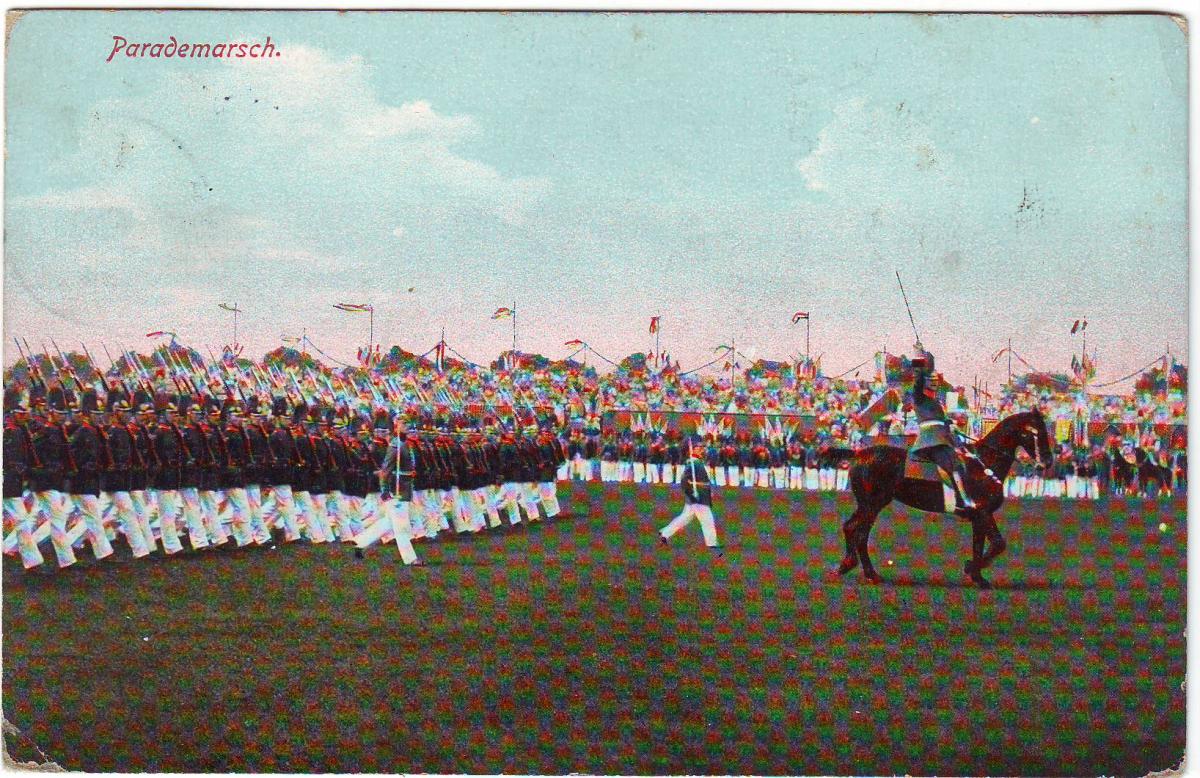
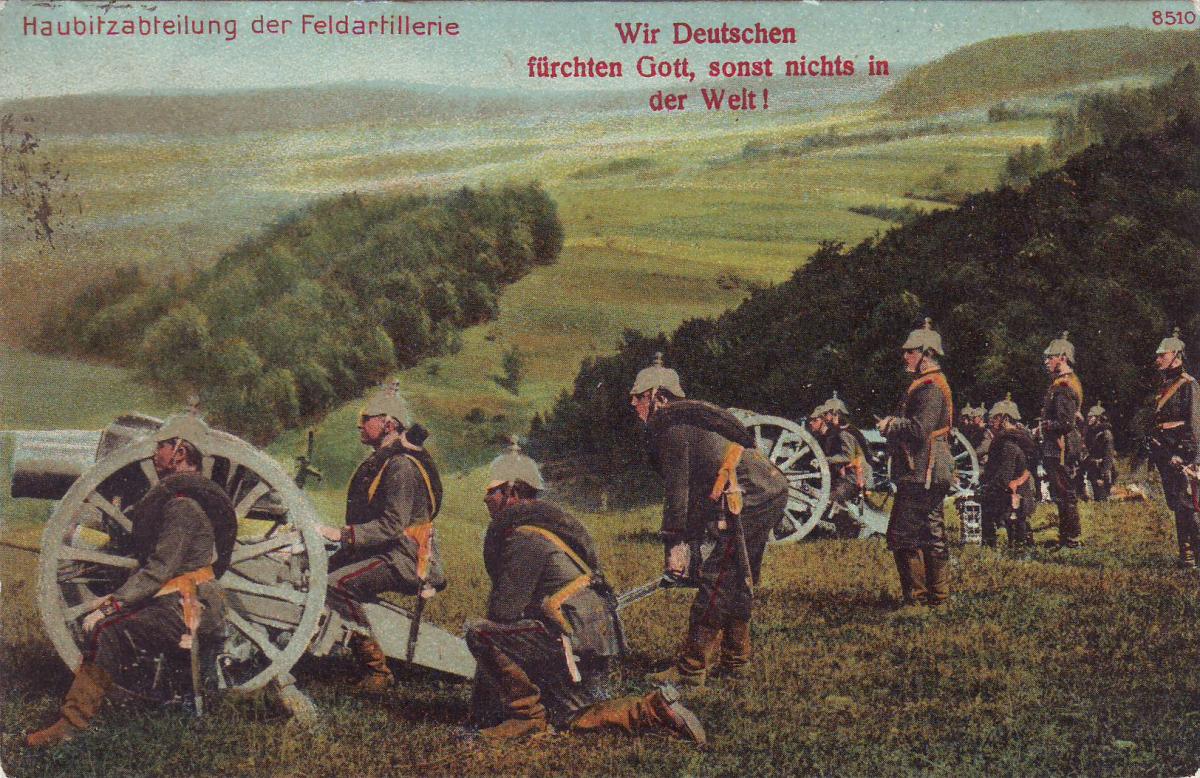

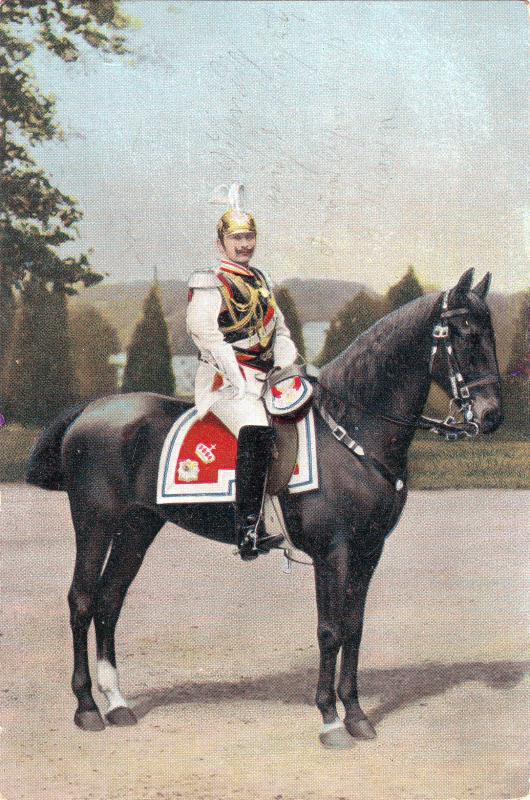
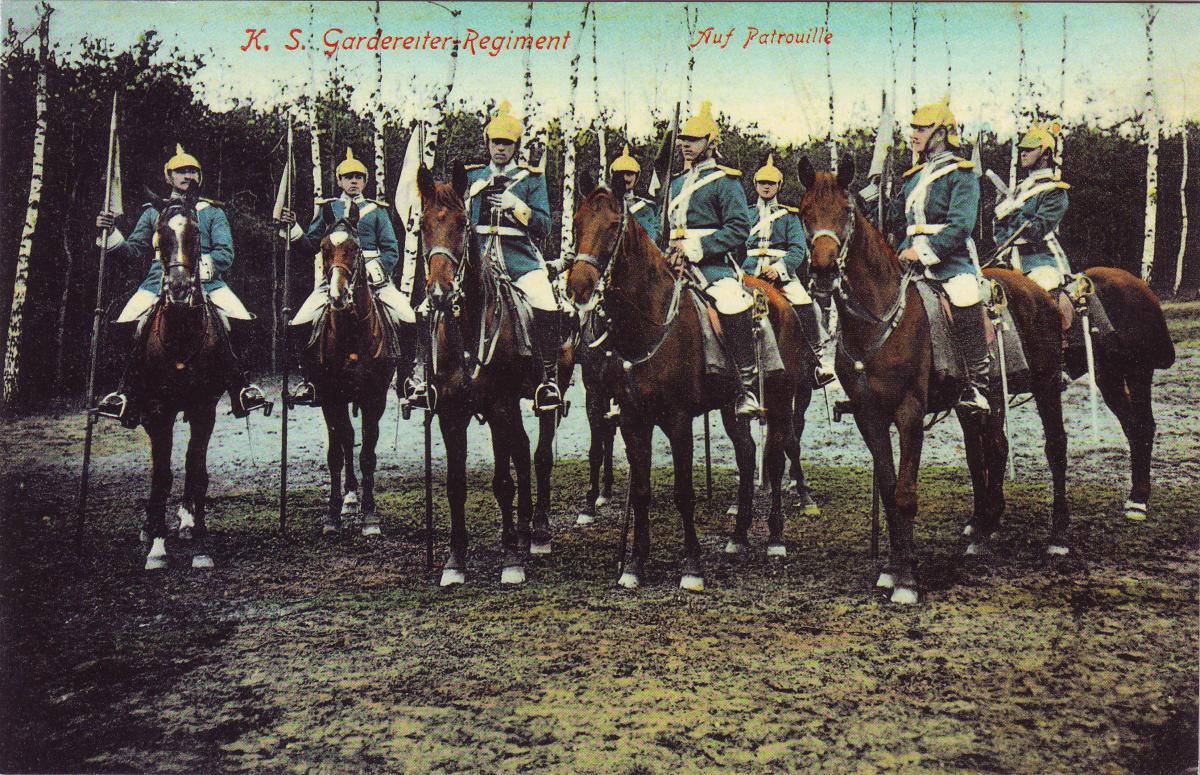
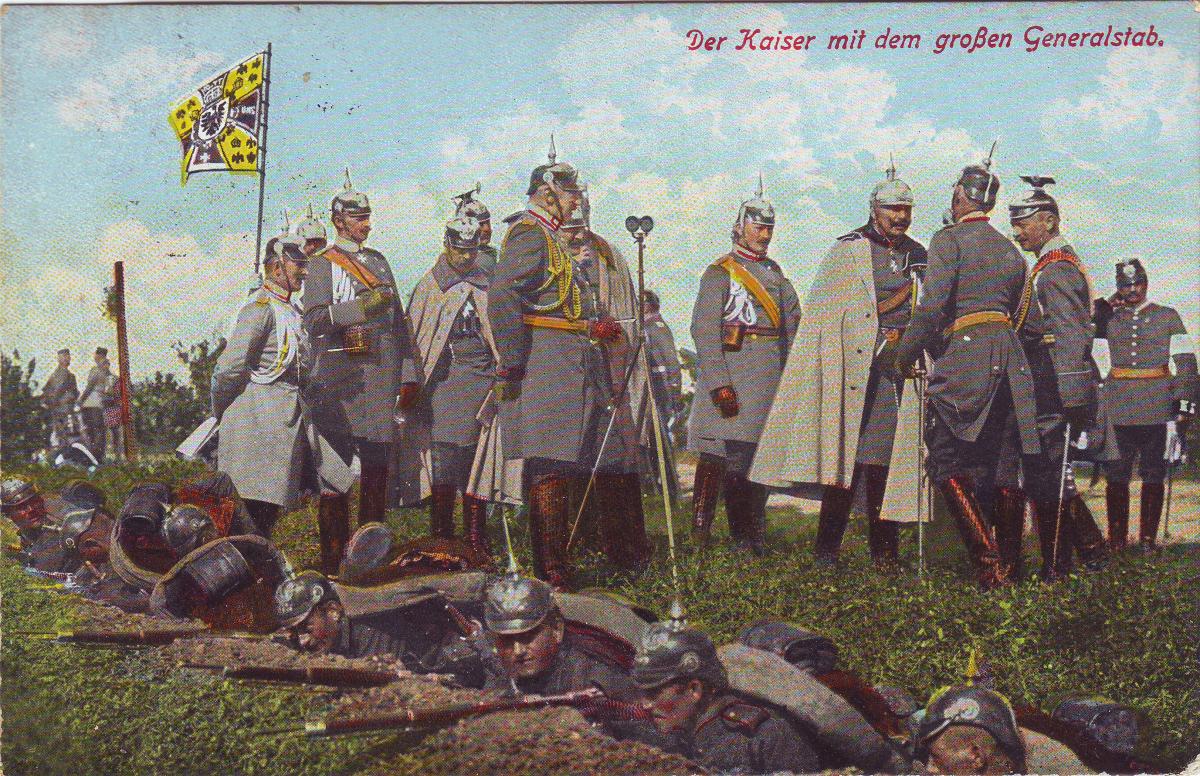
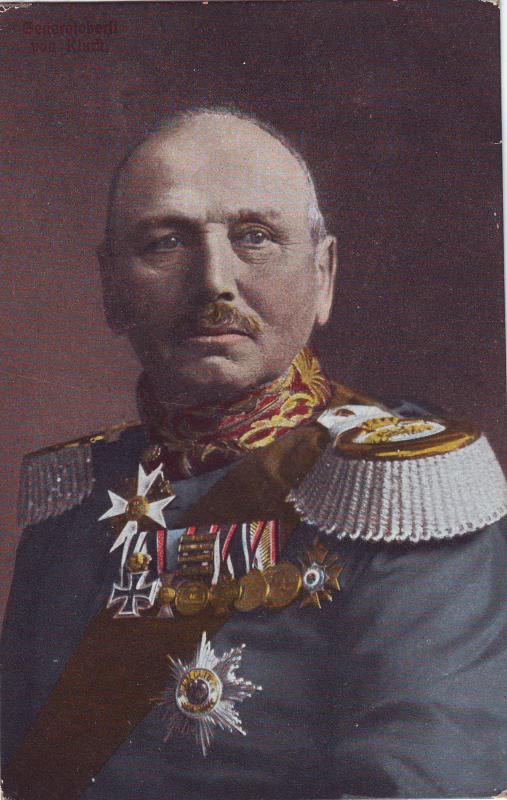
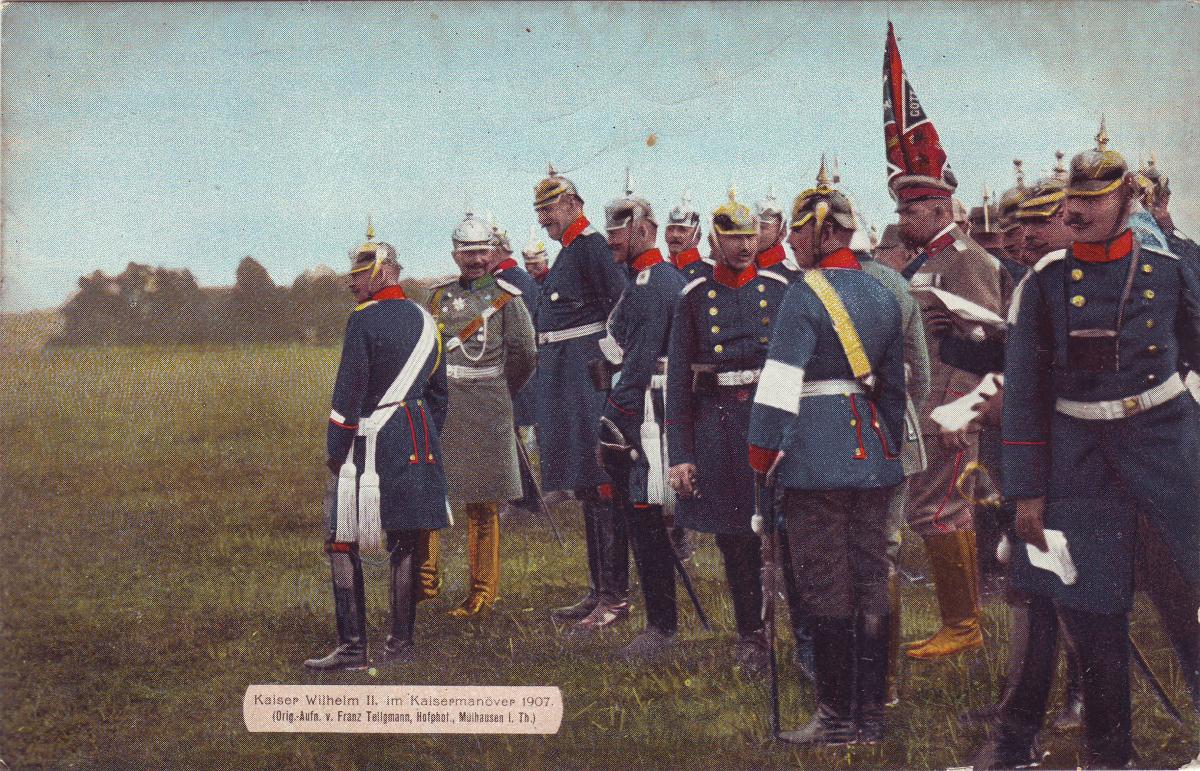
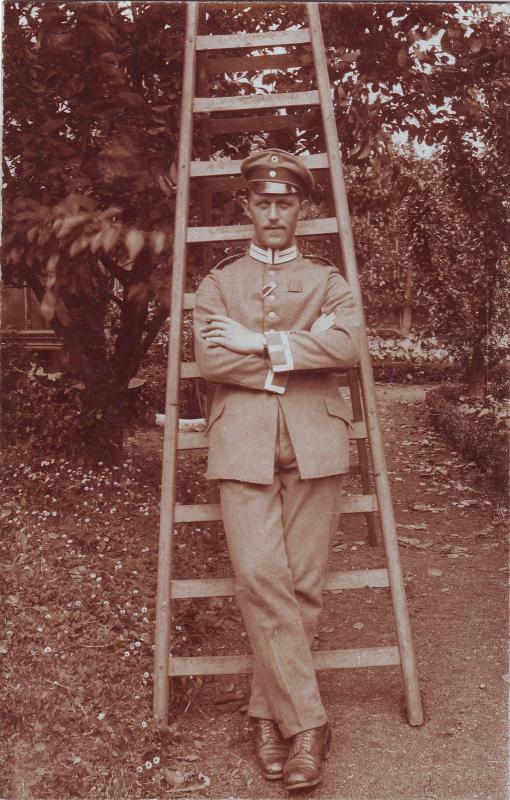

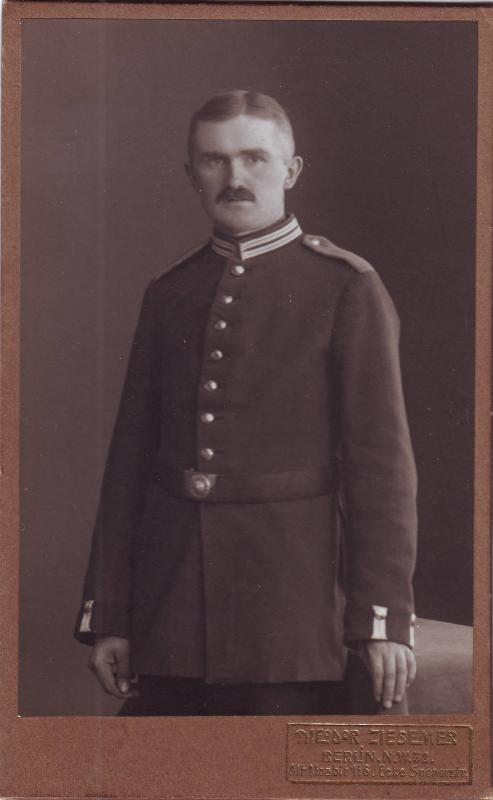
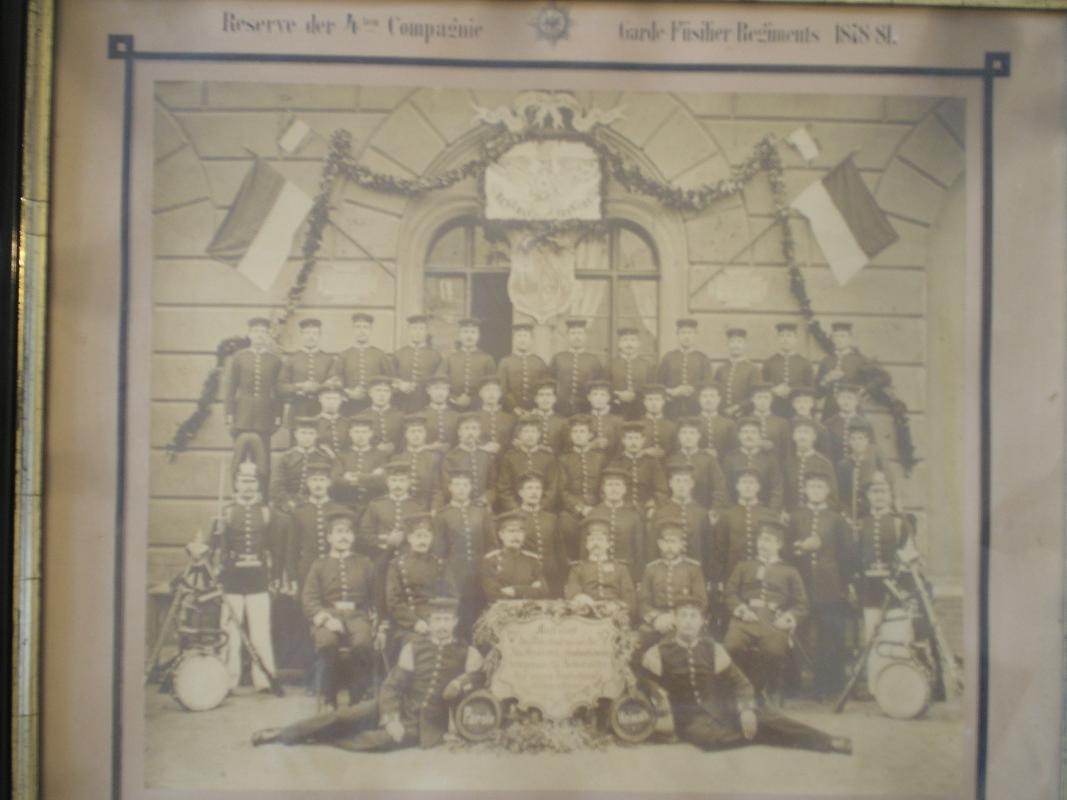
Artillerie .. Gunners in Uniform
in Germany: Imperial Uniforms, Headwear, Insignia & Personal Equipment
Posted
Hi IG
It´s not an L, it´s a Z. Feldartillerie-Regiment Zossen"